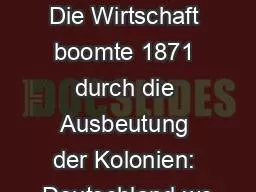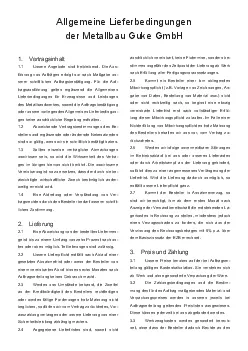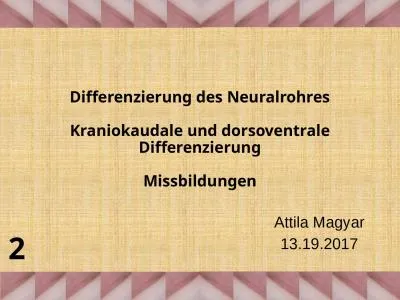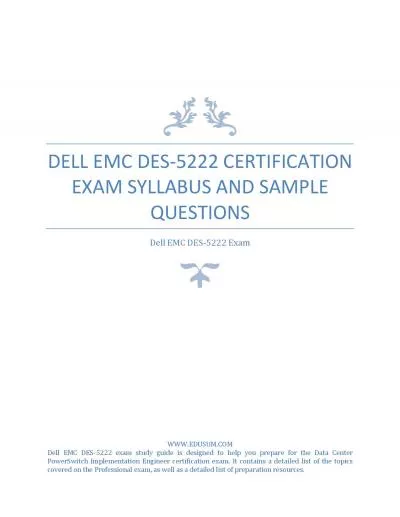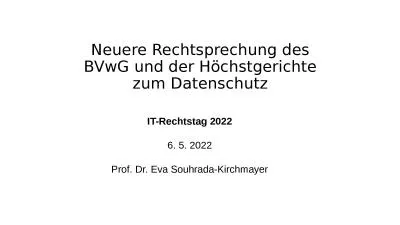PPT-Die Haggadah des Pessachs
Author : goldengirl | Published Date : 2020-07-02
Und wären wir alle auch Weise Verständige erfahrene Greise und Kenner der Tora es bliebe dennoch unsere Pflicht den Auszug aus Aegypten
Presentation Embed Code
Download Presentation
Download Presentation The PPT/PDF document "Die Haggadah des Pessachs" is the property of its rightful owner. Permission is granted to download and print the materials on this website for personal, non-commercial use only, and to display it on your personal computer provided you do not modify the materials and that you retain all copyright notices contained in the materials. By downloading content from our website, you accept the terms of this agreement.
Die Haggadah des Pessachs: Transcript
Download Rules Of Document
"Die Haggadah des Pessachs"The content belongs to its owner. You may download and print it for personal use, without modification, and keep all copyright notices. By downloading, you agree to these terms.
Related Documents

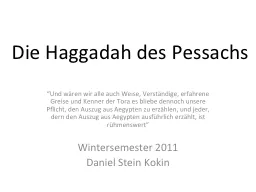




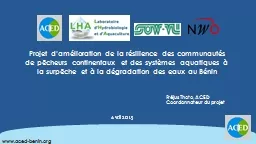
![“ Daarop lei [God] [Abraham] uit na buite met die woorde: ‘Kyk nou op na die hemel](https://thumbs.docslides.com/788189/daarop-lei-god-abraham-uit-na-buite-met-die-woorde-kyk-nou-op-na-die-hemel-en-tel-die-s.jpg)


